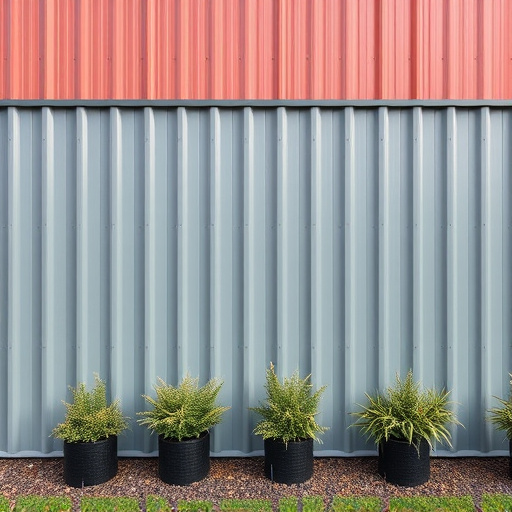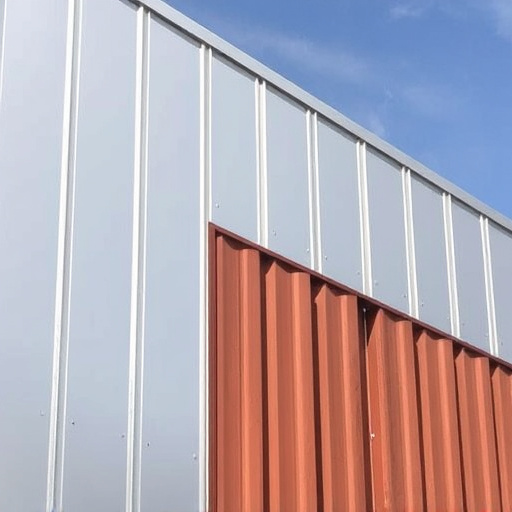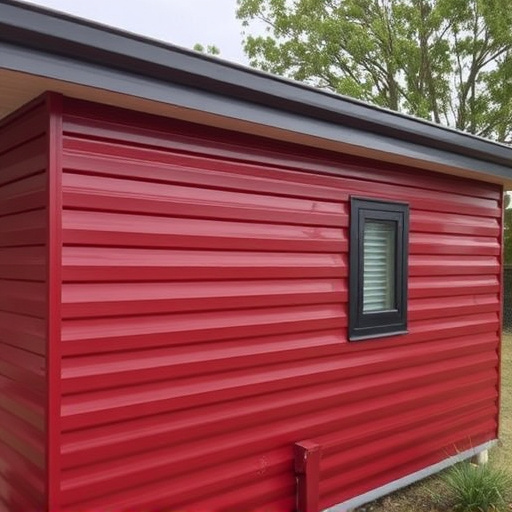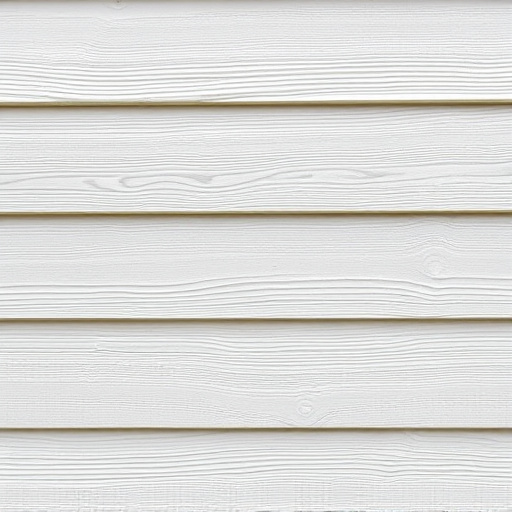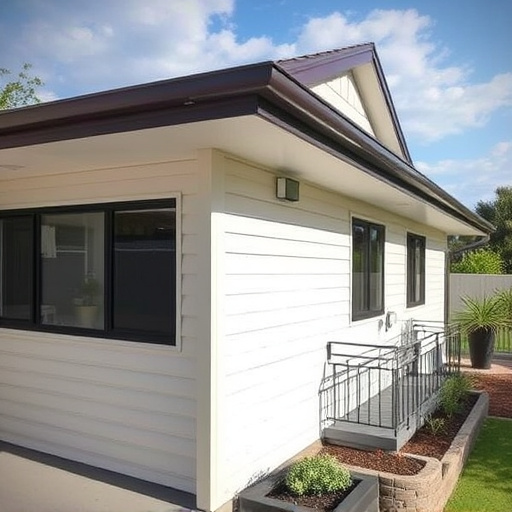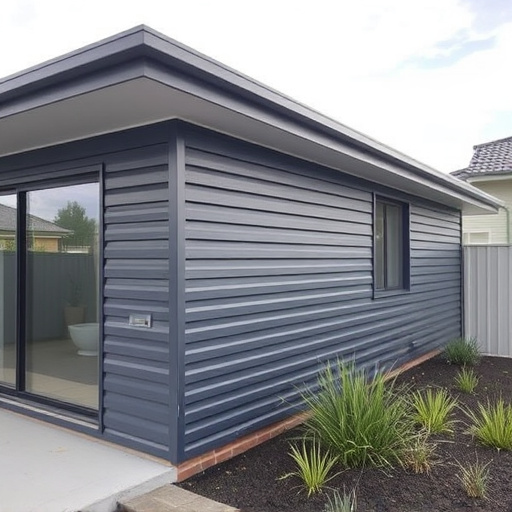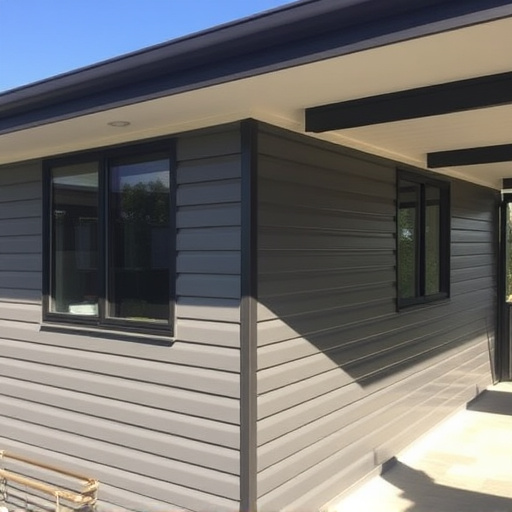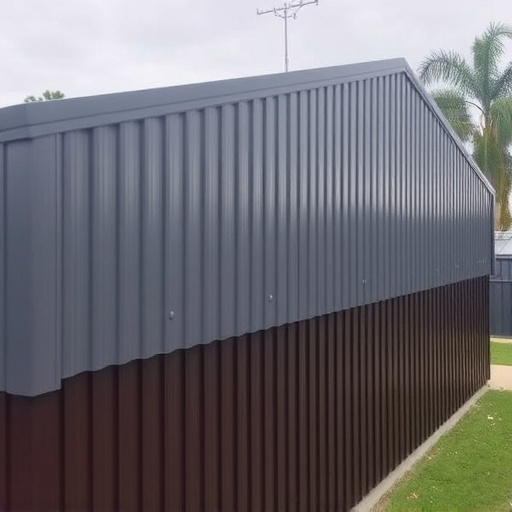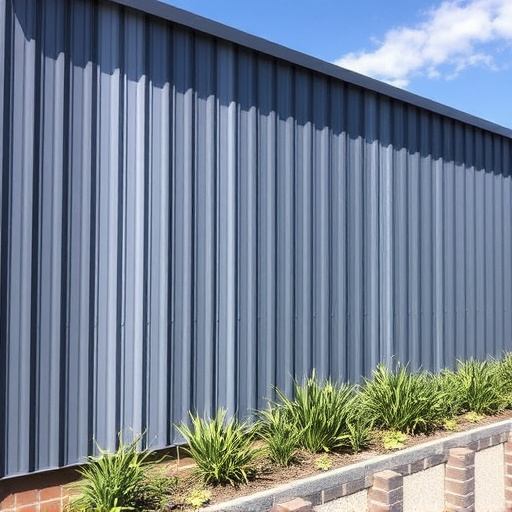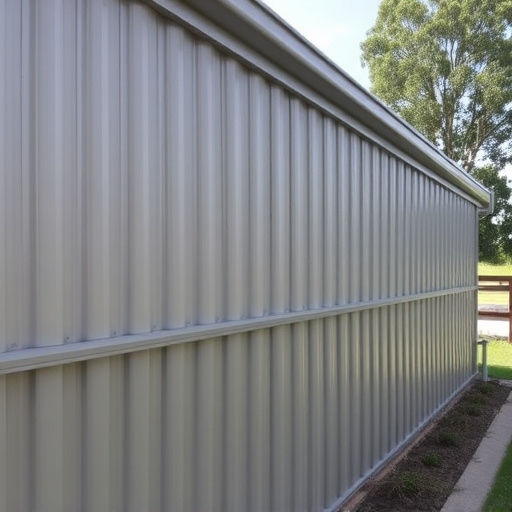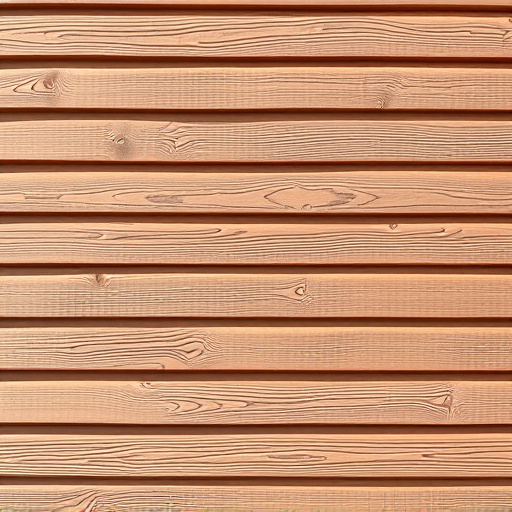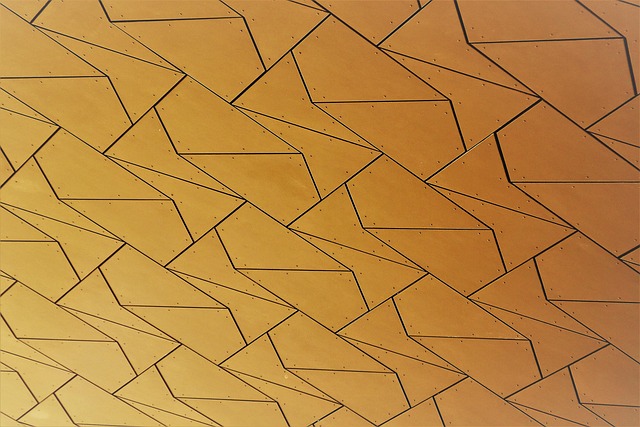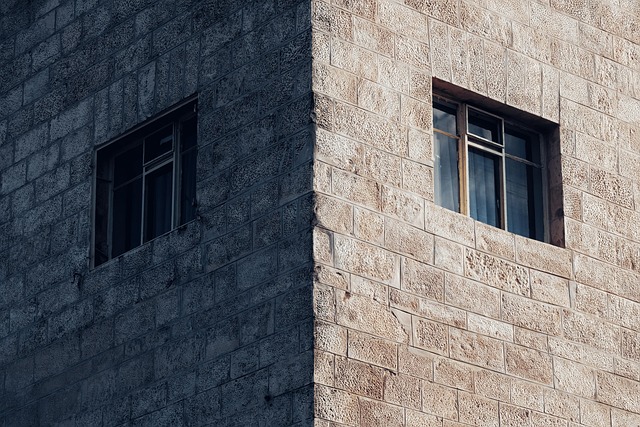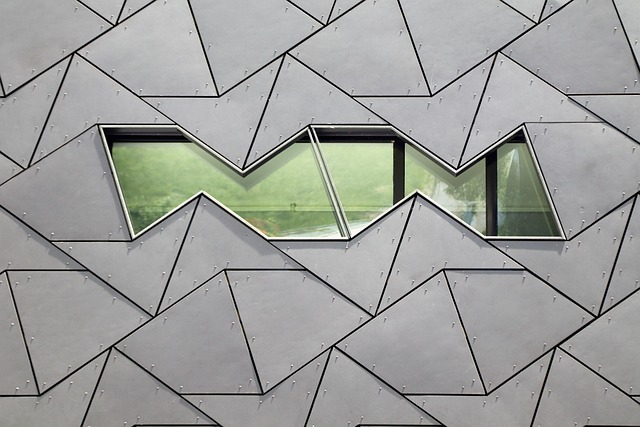Colorbond Cladding Bendigo: A Comprehensive Exploration
Introduction
Welcome to an extensive exploration of a remarkable construction concept that has captivated the architectural world – Colorbond Cladding Bendigo. This article aims to dissect and demystify this innovative cladding system, offering readers a comprehensive understanding of its history, applications, global impact, and future potential. By delving into these aspects, we will uncover why Colorbond Cladding Bendigo is more than just a building material; it’s a revolution in the industry, shaping urban landscapes and defining modern architecture.
Understanding Colorbond Cladding Bendigo: Unveiling the Basics
Definition: Colorbond cladding refers to a type of exterior wall covering composed of steel panels that are coated with a durable, color-fast aluminium-zinc alloy. The term ‘Bendigo’ in this context is specific to a popular brand and style of these coloured steel cladding panels. It offers an aesthetically pleasing and robust solution for various architectural projects, from residential homes to commercial buildings.
Core Components:
- Steel Panels: The foundation lies in high-quality, galvanised steel sheets that serve as the base material. These are meticulously designed with precise dimensions and profiles to fit specific building needs.
- Aluminium-Zinc Alloy Coating: What sets Colorbond apart is its patented aluminium-zinc alloy coating. This unique blend provides exceptional durability, resistance to corrosion, and a vibrant palette of colors. The alloy’s composition ensures that the steel panels can withstand harsh weather conditions, making them ideal for outdoor applications.
- Cladding System Design: The cladding system involves precision-cut panels fitted together with specialized fixings. This modular design allows for easy installation, maintenance, and potential future alterations, ensuring flexibility in construction.
Historical Context:
The concept of steel cladding dates back to the late 19th century when it was primarily used as a protective covering for industrial buildings. However, Colorbond cladding as we know it today emerged in Australia in the 1970s. The Bendigo brand, introduced by BlueScope Steel, revolutionized the market with its superior quality and diverse color options. Over time, this technology has spread globally, finding favor among architects, builders, and property owners for its versatility, durability, and aesthetic appeal.
Global Impact and Trends: A World-Wide Appeal
Colorbond cladding’s influence extends far beyond Bendigo, Australia, with significant global adoption and adaptation. Here’s a glimpse into its international impact:
| Region |
Trends/Adoption |
Notable Examples |
| Asia Pacific |
Rapidly growing market driven by urbanization and the demand for affordable, low-maintenance cladding. |
China, India, and Singapore have seen widespread use of Colorbond-style cladding, often featuring local color variations. |
| North America |
Increasing popularity in residential and commercial projects, particularly in regions with varying climates. |
The United States has embraced steel cladding, with some manufacturers offering unique designs inspired by traditional American architecture. |
| Europe |
Embraced for its durability and energy-efficient properties, especially in countries with harsh winters. |
Germany and the UK have incorporated Colorbond-like cladding into their building codes, ensuring high-quality construction. |
| Middle East |
Significant use in commercial buildings and iconic landmarks due to its ability to withstand extreme heat. |
Dubai has become a hub for innovative steel cladding designs, featuring vibrant colors and intricate patterns. |
These trends showcase the universal appeal of Colorbond cladding, with its adaptability to diverse architectural styles and climatic conditions. The global market’s response indicates a growing preference for durable, low-maintenance exterior finishes that also contribute to energy efficiency.
Economic Considerations: Market Dynamics and Investment
The economic landscape surrounding Colorbond cladding Bendigo is robust and dynamic, driven by several key factors:
- Market Demand: The global construction industry’s continuous growth fuels the demand for high-quality cladding materials. As urban populations expand, so does the need for durable and aesthetically pleasing exterior solutions.
- Investment Patterns: Real estate developers and property investors recognize the value of Colorbond cladding in increasing building appeal and resale value. This trend has led to substantial investments in projects showcasing this technology.
- Cost Analysis: While the initial costs may be higher than traditional materials, Colorbond cladding offers long-term savings through reduced maintenance and improved energy efficiency. This makes it an attractive option for both developers and homeowners.
- Supply Chain Impact: The production and distribution of Colorbond panels involve a complex global supply chain, including steel manufacturing, coating technologies, and local distributors. This network ensures availability but also presents challenges in terms of price fluctuations and logistics.
Technological Advancements: Pushing the Boundaries
The world of Colorbond cladding has witnessed several technological breakthroughs that have enhanced its performance and design capabilities:
- Advanced Coating Technologies: Researchers have developed new coating formulas, improving the panels’ colorfastness and corrosion resistance. These innovations allow for a broader range of colors and unique surface finishes.
- Digital Design and Customization: Digital tools enable architects and designers to create intricate patterns and custom colors, offering limitless design possibilities for buildings.
- Modular Panel Systems: Technological advancements have led to the creation of more efficient panel systems, simplifying installation and reducing construction time.
- Sustainable Innovations: Some manufacturers are exploring eco-friendly alternatives, using recycled materials and developing panels with enhanced environmental credentials.
These technological strides not only improve the functionality of Colorbond cladding but also open doors for innovative architectural expressions.
Policy and Regulation: Navigating Legal Frameworks
The development and use of Colorbond cladding Bendigo are subject to various policies and regulations, which vary across regions:
- Building Codes: Many countries have incorporated specific provisions for steel cladding in their building codes, ensuring safety and structural integrity. These codes dictate the minimum standards for materials, installation, and fire resistance.
- Environmental Regulations: As the construction industry faces increasing pressure to be more sustainable, regulations related to waste management and recycling of steel products come into play.
- Import/Export Policies: The global trade of Colorbond panels is subject to customs duties and import/export regulations, which can impact the overall cost and availability.
- Safety Standards: The handling and installation of steel cladding must adhere to strict safety standards to protect workers and ensure the long-term integrity of buildings.
Challenges and Criticisms: Overcoming Obstacles
Despite its numerous advantages, Colorbond cladding Bendigo faces certain challenges and criticisms that require thoughtful solutions:
- Initial Cost: One of the primary concerns is the higher upfront cost compared to traditional materials. This can be a barrier for developers and homeowners on tight budgets. However, long-term savings through reduced maintenance and energy efficiency can offset these initial expenses.
- Installation Complexity: Proper installation requires skilled labor, which may not always be readily available, leading to potential quality issues. Standardized training programs and clear installation guidelines can address this challenge.
- Limited Design Flexibility (in some cases): While digital customization has improved design options, certain brand variations might offer restricted color and pattern choices. This can limit architectural creativity for designers and architects.
- Environmental Concerns: Despite advancements, the manufacturing process of steel cladding still consumes energy and generates emissions. Manufacturers must continue to innovate towards more sustainable production methods.
Case Studies: Real-World Success Stories
1. The Iconic Bendigo Town Hall
This project showcases the transformative power of Colorbond cladding in revitalizing a historic building. The town hall, originally constructed in the early 20th century, underwent a significant renovation using modern Colorbond panels. The new cladding respected the building’s heritage while adding a contemporary touch with custom-designed colors and patterns inspired by local flora. This case highlights how Colorbond can enhance the character of existing structures while ensuring their longevity.
2. Eco-Friendly Residential Complex in Singapore
In this densely populated city-state, space is at a premium. A recent residential development utilized Colorbond cladding with a unique twist—the panels incorporated solar cells, generating clean energy for the building. This innovative approach not only reduces the project’s carbon footprint but also serves as a practical solution for urban living, showcasing the fusion of technology and sustainability in Colorbond applications.
3. Commercial Tower in Dubai
The vibrant skyline of Dubai features a towering office complex that stands out due to its striking steel cladding. The building’s exterior was meticulously designed with modular Colorbond panels, allowing for easy maintenance and future renovations. This project exemplifies how Colorbond cladding can contribute to iconic architectural landmarks while remaining low-maintenance and cost-effective.
Future Prospects: Emerging Trends and Strategic Considerations
The future of Colorbond cladding Bendigo looks promising, with several emerging trends and potential growth areas:
- Sustainable Focus: The industry will continue to prioritize eco-friendly materials and practices. Manufacturers may explore the use of recycled steel and develop panels with enhanced energy-efficient properties.
- Smart Cladding Technology: Integration of smart sensors and IoT (Internet of Things) devices into cladding systems is a potential future development. These technologies can enable buildings to communicate their environmental conditions, enhancing overall efficiency.
- Customized Design: Digital customization will likely become even more sophisticated, allowing for unique, one-of-a-kind designs that cater to individual architectural visions.
- Global Market Expansion: With the growing demand for affordable and durable cladding worldwide, emerging markets in Africa and South America may see significant Colorbond cladding adoption.
- Regulatory Compliance: As building codes evolve, ensuring compliance with stricter safety and environmental standards will be crucial for manufacturers.
Conclusion: Shaping the Future of Construction
Colorbond cladding Bendigo has evolved from a simple construction material to a versatile tool that drives architectural innovation and urban development. Its global reach and diverse applications demonstrate its adaptability and enduring appeal. Through technological advancements, thoughtful design, and a focus on sustainability, this cladding system will continue to shape our built environment.
By addressing challenges and embracing new trends, the industry can ensure that Colorbond cladding remains a viable and desirable option for years to come. As we look ahead, the future of construction is likely to feature even more dynamic and environmentally conscious applications of Colorbond technology.
FAQ Section: Answering Common Queries
Q: Is Colorbond cladding suitable for all types of weather conditions?
A: Yes, one of the key advantages of Colorbond panels is their exceptional durability in various climates. The aluminium-zinc alloy coating provides superior corrosion resistance, making it suitable for coastal areas and regions with high humidity.
Q: How easy is the installation process?
A: Installation can vary depending on the project’s complexity. For residential applications, skilled labor typically ensures efficient and precise installation. However, some manufacturers offer DIY kits for smaller projects, making installation more accessible.
Q: Can Colorbond cladding be recycled?
A: Absolutely. Steel is one of the most recyclable materials, and many Colorbond manufacturers actively contribute to recycling programs. The panels can be recycled at the end of their useful life, reducing waste and environmental impact.
Q: Are there any maintenance requirements for Colorbond cladding?
A: Minimal maintenance is required, which is a significant advantage. Regular cleaning and inspection are recommended to keep the panels in optimal condition. In most cases, touch-ups or repairs are simple and can be done with standard tools.
Q: Can Colorbond cladding help reduce energy costs for buildings?
A: Yes, the reflective properties of the alloy coating can significantly reduce heat absorption, contributing to improved energy efficiency. This is especially beneficial in regions with hot climates, leading to lower cooling costs.
Colorbond cladding is a top choice for Bendigo properties due to its superior durability, wide design and color options, low maintenance, and energy efficiency. Steeline Roofing Centre Bendigo offers expert guidance, tailored solutions, and effi…….
Colorbond cladding from Steeline Roofing Centre Bendigo is a top choice for homeowners due to its robustness against Australia's extreme weather and low maintenance requirements. As the leading expert in the region, they offer professional…….
Steeline Roofing Centre Bendigo is a leading provider of colorbond cladding solutions for both residential and commercial properties in the region. They offer an extensive range of Steeline colorbond products known for their durability, low-main…….
Steeline Roofing Centre Bendigo is your go-to for premium wall cladding solutions, offering an extensive range of Steeline's Colorbond options at competitive prices. Their knowledgeable staff provides personalized guidance for both resident…….
Steele Line Roofing Centre Bendigo is a trusted provider of residential roofing and cladding solutions, specializing in Colorbond products. With years of experience, they offer personalized advice, high-quality materials, and expert installation…….
Steeline Roofing Centre Bendigo, located at 6 Harrien Ct, Epsom VIC 3551, Australia, is a leading provider of high-quality Colorbond cladding materials and expert installation services. They offer a wide range of modern and traditional designs,…….
Colorbond cladding is a top-rated, durable roofing solution in Bendigo, made from high-quality steel coated with aluminium zinc alloy for corrosion and fading resistance. Steeline Roofing Centre Bendigo offers expert installation, a wide range o…….
Steeline Roofing Centre Bendigo is a leading provider of exterior Colorbond cladding solutions for both residential and commercial projects in Australia. With extensive experience, a wide range of high-quality products, and exceptional customer…….
Colorbond cladding is a top choice for Bendigo residents and businesses due to its durability, aesthetic appeal, and low maintenance. Steeline Roofing Bendigo, located at 6 Harrien Ct, Epsom VIC 3551, offers expert installation, repairs, replace…….
Steeline Roofing Centre Bendigo offers Colorbond cladding, a popular choice for durability, low maintenance, and aesthetic appeal in Bendigo and surrounding areas. With a wide range of colors and styles, high-quality construction resistant to co…….
Colorbond cladding has become a popular choice in Bendigo for its superior durability, corrosion resistance, and design versatility. Steeline Roofing Bendigo is a leading provider of expert installation services for this steel-based cladding, co…….
Colorbond cladding is a top choice for Bendigo homes due to its superior durability, low maintenance, and vibrant finishes. It offers a diverse range of colors and styles suitable for any architectural design, enhancing curb appeal and home valu…….
Colorbond cladding is a superior choice for Bendigo properties due to its durability and aesthetic appeal. Crafted from high-quality steel with a zinc-aluminium coating, it resists corrosion, rust, and fading. Steeline Roofing Centre Bendigo off…….
Colorbond Cladding Bendigo: Steeline Roofing Centre offers a diverse range of durable, aesthetically pleasing steel cladding options. With an aluminium zinc alloy coating, these materials provide superior weather protection and long-lasting beau…….
Colorbond cladding is a popular and reliable choice for Bendigo properties, offering both durability and aesthetic appeal. Steeline Roofing Centre Bendigo specializes in providing high-quality Colorbond panels with an extensive range of colours…….
Colorbond cladding is a popular, durable exterior wall covering in Australia, known for its strength and aesthetic appeal. Steeline Roofing Centre Bendigo at 6 Harrien Ct, Epsom VIC 3551 offers top-quality Colorbond cladding services. Their prod…….
“Discover the transformative power of Colorbond cladding with Steeline Roofing Bendigo, your local experts. This innovative material is revolutionizing roofing in the region, offering both aesthetic appeal and robust protection. From understandi…….
Steelee Roofing Centre Bendigo is a trusted provider of high-quality Colorbond cladding solutions, offering exceptional durability and low maintenance for various property styles. With extensive industry experience, they guide clients through th…….
Colorbond Cladding Bendigo is a top choice for residential roofing and exterior walls, renowned for its durability, aesthetic appeal, and low maintenance. Steeline Roofing Centre Bendigo offers a diverse selection of Colorbond cladding products…….
